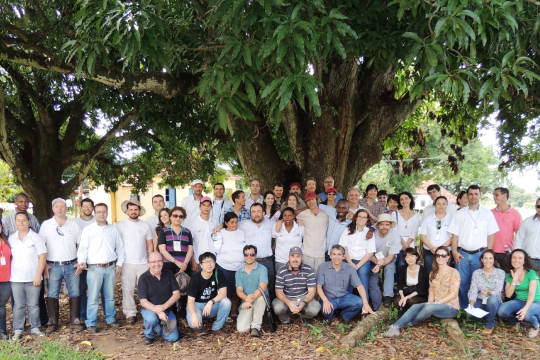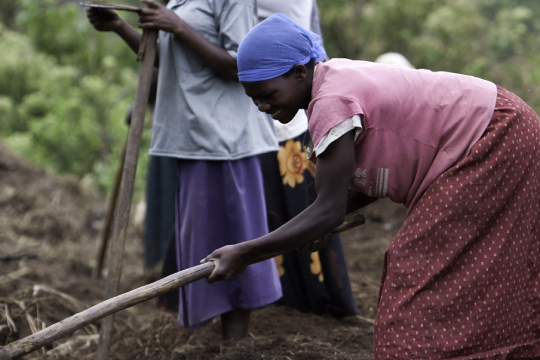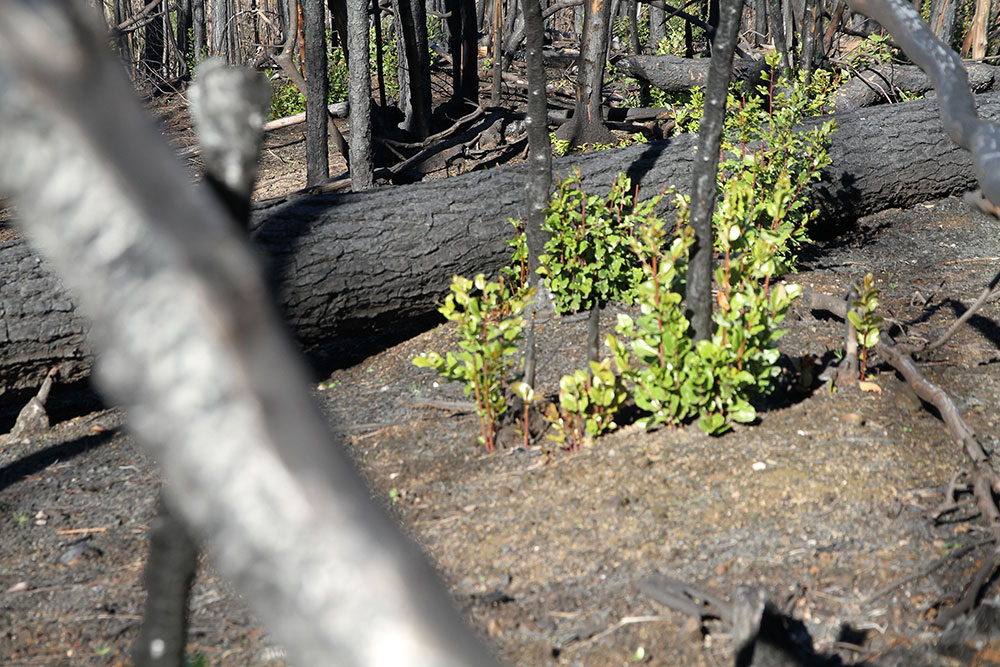Our theme for the week was Integrating a landscape approach into forestry and agriculture practices. We wanted to see how plantations can look beyond the forest fence to have a greater positive impact on the surrounding natural and socio-economic landscape
The Cerrado receives nothing like the attention of the neighbouring Amazon – yet it’s a hugely important conservation hotspot. The world’s richest savannah, it contains 4-5% of all species on Earth, including 8% of all mammals. It’s also a hugely important water source. Yet over the last four decades, almost half the Cerrado’s 200 million hectares of grasslands and forests have been converted to agriculture, mainly cattle pasture.
NGP came to the state of Mato Grosso do Sul to discover the increasingly significant role plantations are playing in this region. Vast areas of pasture are now so degraded that they’re virtually useless for raising cattle. But the conditions are ideal for growing eucalyptus to meet the growing demand for pulp and paper, charcoal and wood for the industry.
Our theme for the week was Integrating a landscape approach into forestry and agriculture practices. We wanted to see how plantations can look beyond the forest fence to have a greater positive impact on the surrounding natural and socio-economic landscape. Field visits, presentations and public meetings brought us into contact with beef and dairy farmers, the charcoal and steel industry, small-scale community producers, beekeepers, and other stakeholders from the forestry sector.
The study tour was co-hosted by WWF-Brazil and Fibria, and organized in close collaboration with the Mato Grosso do Sul Forest Dialogue.


















